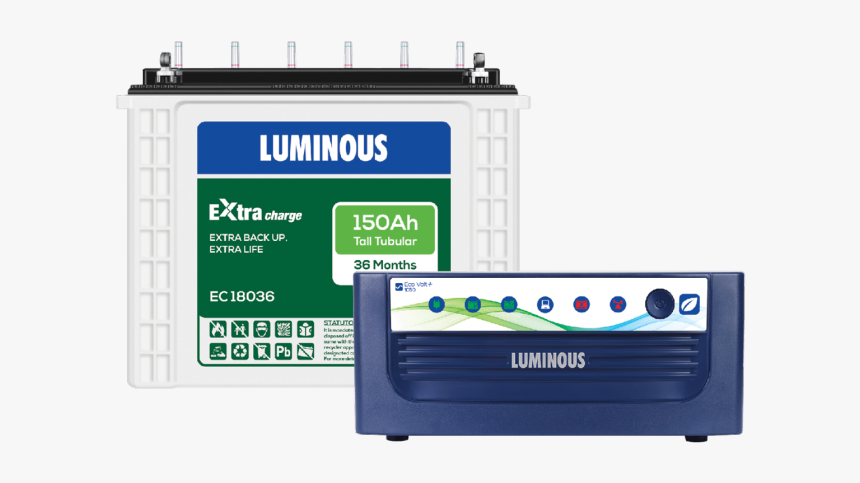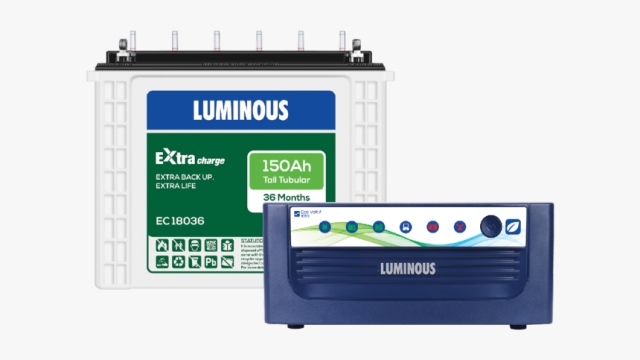
In today’s fast-paced digital world, ensuring a reliable power supply is more crucial than ever. With the increasing reliance on technology, a sudden power outage can lead to disruptions that impact our work, communication, and daily activities. This is where UPS batteries come into play, providing a safeguard against unexpected interruptions and offering a seamless transition to backup power when you need it most.
A UPS, or uninterruptible power supply, is designed to offer immediate power during outages, protecting sensitive electronics and keeping you connected. Understanding the importance and functionality of UPS batteries can empower you to make informed decisions for both home and business applications. In this ultimate guide, we will explore the various types of UPS batteries, their features, and how to choose the right one to ensure your peace of mind in any situation.
Understanding UPS Batteries
UPS batteries, or uninterruptible power supply batteries, are essential components designed to provide backup power during electrical outages. These batteries ensure that electronic devices and critical systems continue to operate without interruption, safeguarding data and maintaining productivity. UPS units serve various applications, from home offices to large data centers, where reliability is paramount.
There are different types of UPS batteries, including sealed lead-acid, lithium-ion, and nickel-cadmium, each with its own advantages and disadvantages. Sealed lead-acid batteries are commonly used due to their affordability and reliability, yet they can be heavy and have a limited lifespan. Lithium-ion batteries, on the other hand, offer advantages in terms of weight and lifespan, making them an increasingly popular choice for modern UPS systems.
Selecting the right UPS battery depends on factors such as capacity, runtime, and the specific devices being supported. It is crucial to consider the total wattage of the equipment to ensure the chosen UPS can handle the load effectively. Proper maintenance and monitoring of UPS batteries can significantly extend their lifespan and performance, ultimately providing peace of mind for users relying on uninterrupted power.
Choosing the Right UPS Battery
Selecting the right UPS battery is crucial for ensuring the uninterrupted performance of your devices. Start by assessing the total power requirements of the equipment you intend to connect to the UPS. This includes considering both wattage and runtime, as different devices will require varying amounts of power. Calculate the total wattage of your equipment and choose a UPS that can handle this load while providing sufficient runtime during an outage.
Next, consider the type of UPS battery that suits your needs. There are mainly two types of batteries used in UPS systems: sealed lead-acid and lithium-ion. Sealed lead-acid batteries are commonly used due to their cost-effectiveness and reliability. However, lithium-ion batteries, while more expensive, offer a longer lifespan and faster charging times. Weigh the pros and cons based on your budget and performance needs to make an informed decision.
Finally, look into the maintenance and replacement aspects of the UPS battery. Some batteries require regular maintenance, while others are designed to be maintenance-free. It is also important to check the expected lifespan of the battery and the manufacturer’s warranty. A longer warranty period can indicate a more reliable product. Evaluate these factors to ensure you choose a UPS battery that not only meets your current requirements but also provides peace of mind for the future.
Maintenance and Troubleshooting Tips
To ensure your UPS batteries operate at their best, regular maintenance is essential. Start by performing visual inspections every few months. Look for any signs of physical damage, such as swelling or leaks. Ensure that the battery terminals are clean and free of corrosion. If you notice any buildup, use a mixture of baking soda and water to clean the terminals, ensuring the UPS is powered off and unplugged during the process.
Another important aspect of maintenance is monitoring the battery’s performance. Most modern UPS systems come with software that can track battery health and report any issues. Keep an eye on the battery’s runtime during tests, and if it begins to significantly decrease, it may be time to replace the batteries. Additionally, be aware of the manufacturer’s specified replacement schedule, as batteries typically need to be replaced every three to five years, depending on usage.
If you encounter issues, such as the UPS not providing backup power, check the connections first. Ensure that the unit is plugged into a functioning outlet and that no circuit breakers have tripped. If everything seems in order but the problem persists, consult the user manual for troubleshooting steps or contact technical support for further assistance. Keeping your UPS batteries in optimal condition will not only enhance their longevity but also ensure reliable performance when you need it the most.
